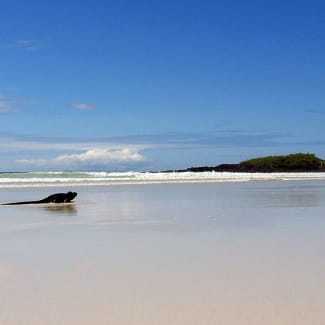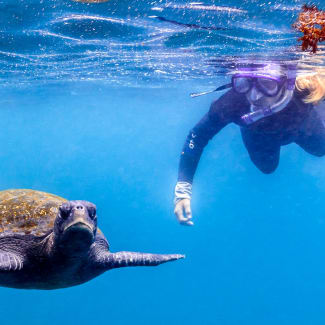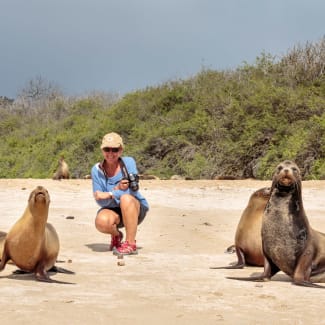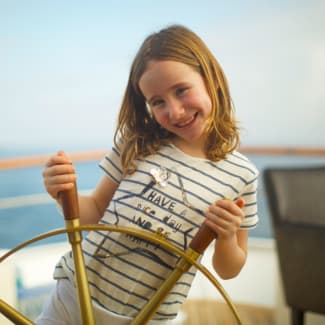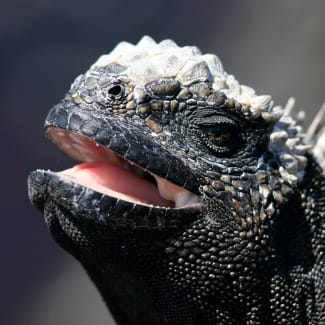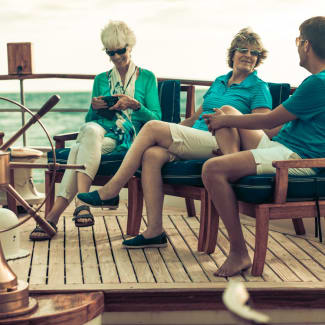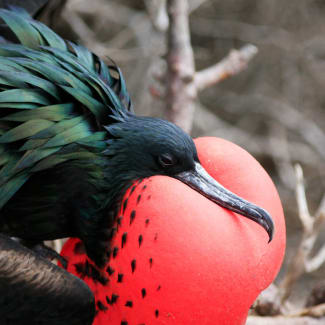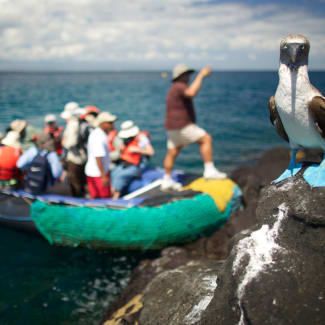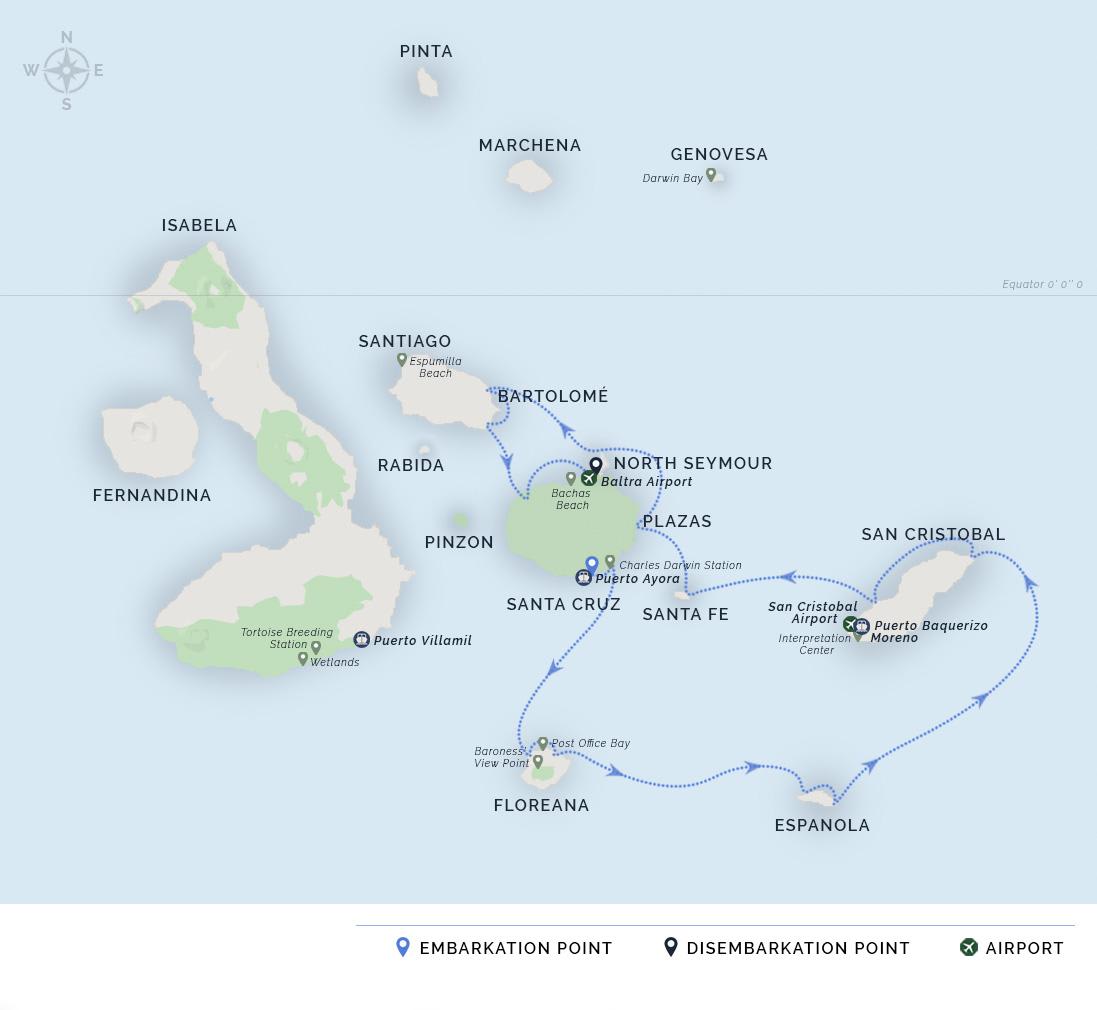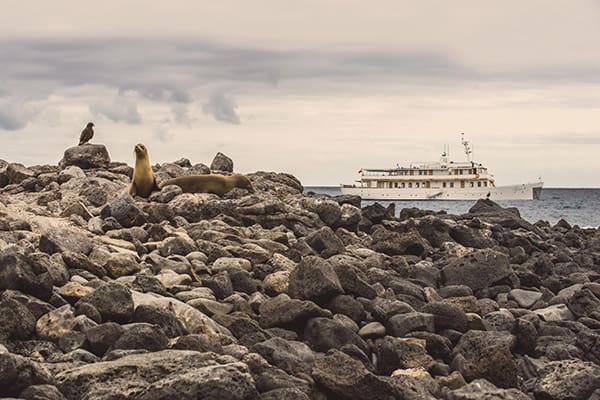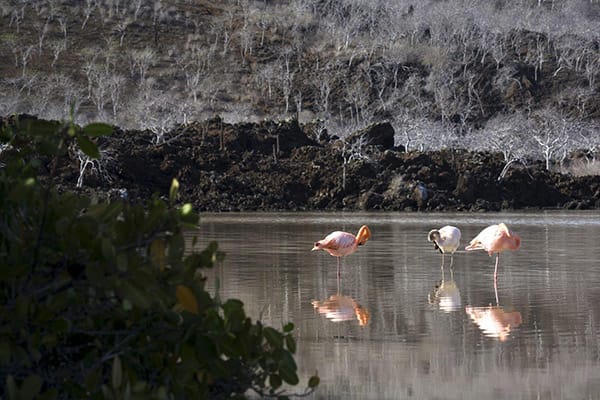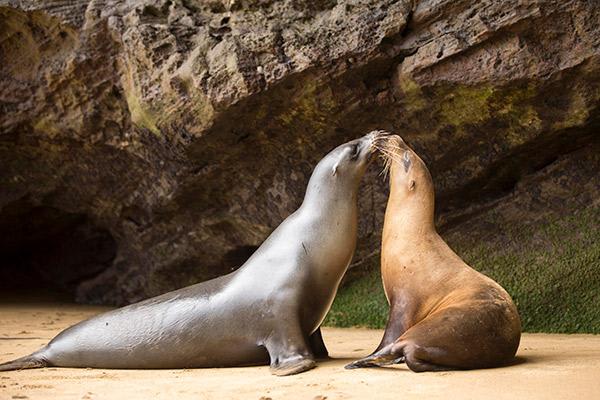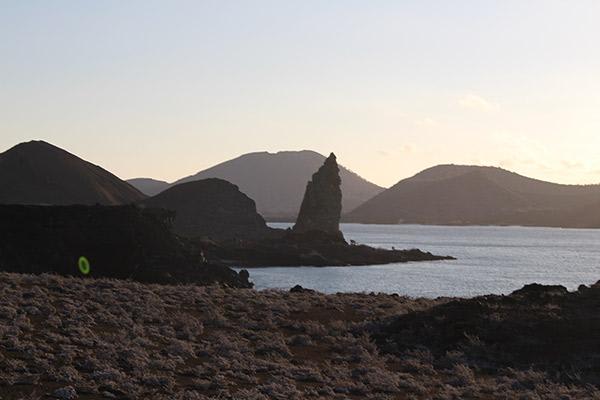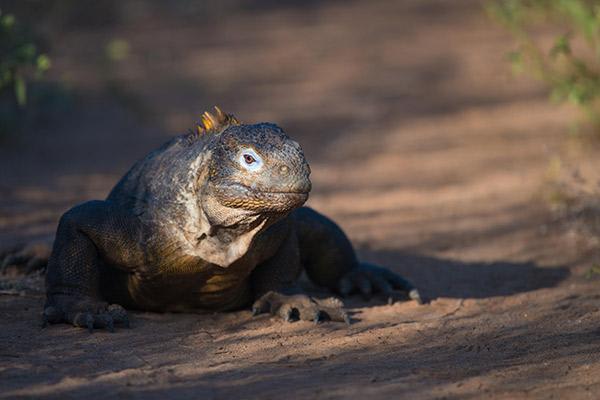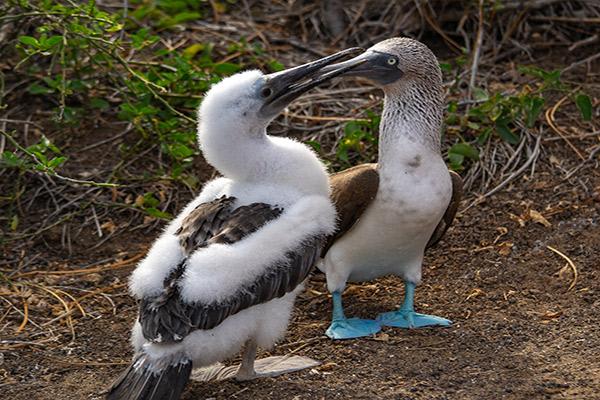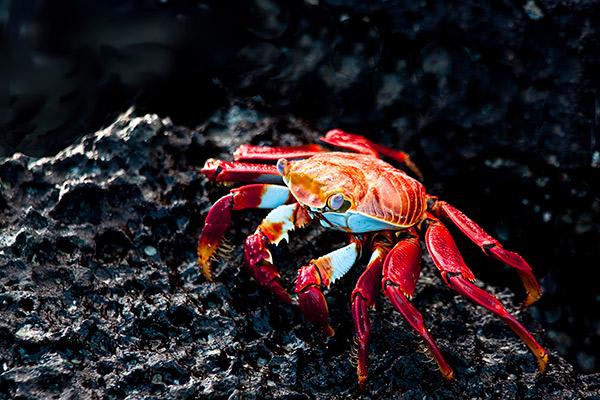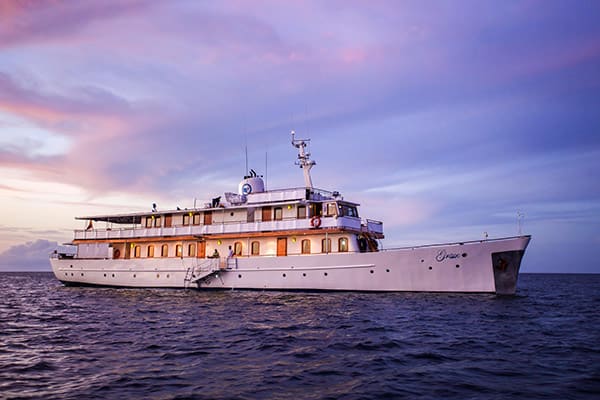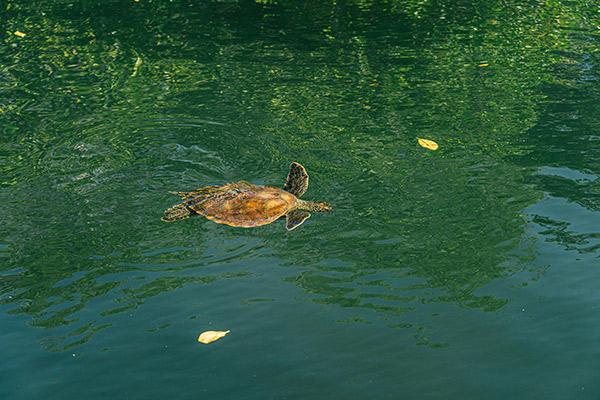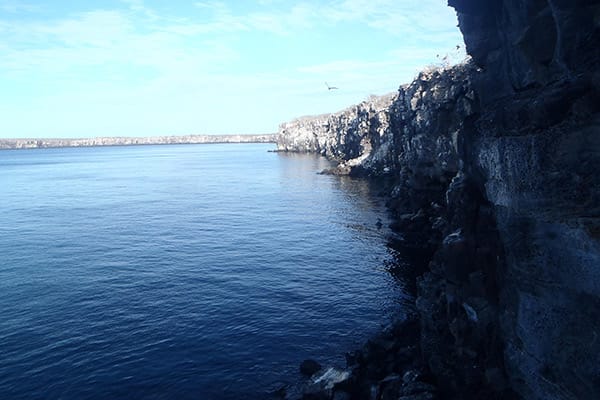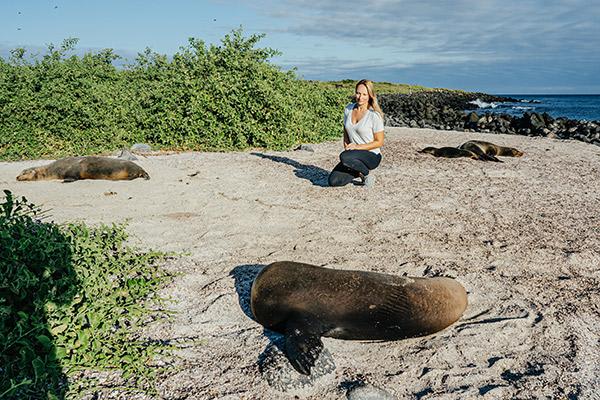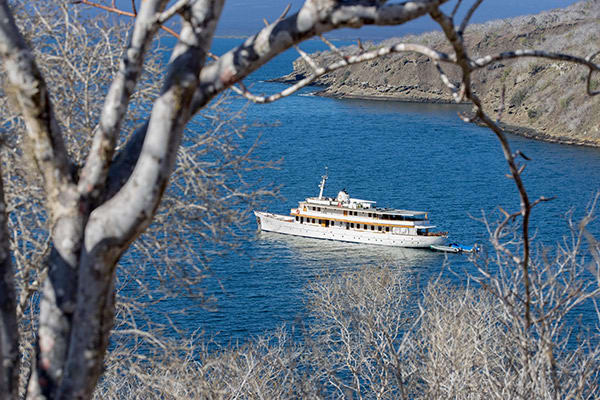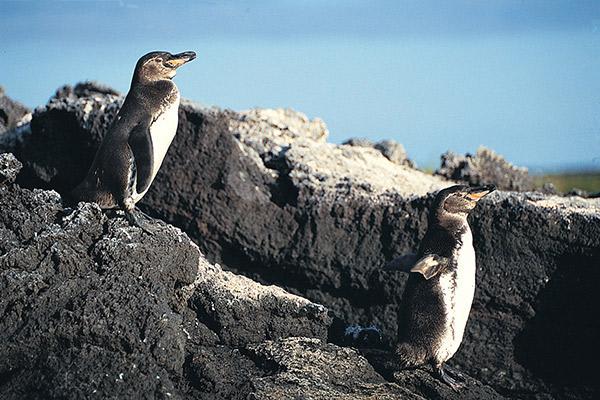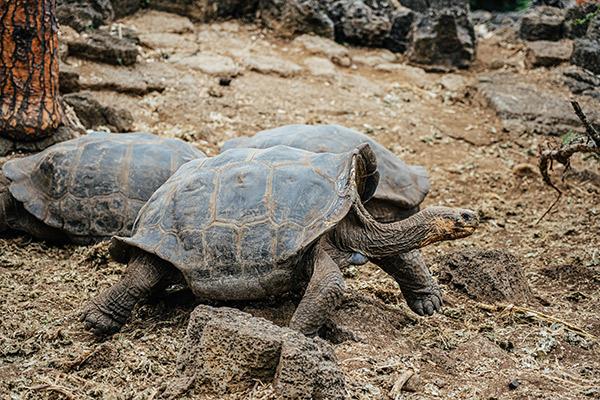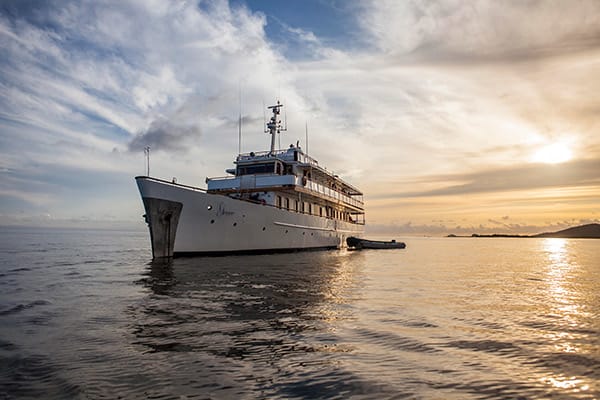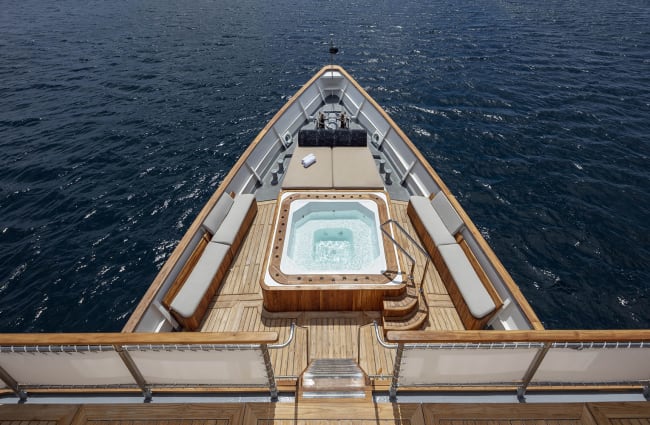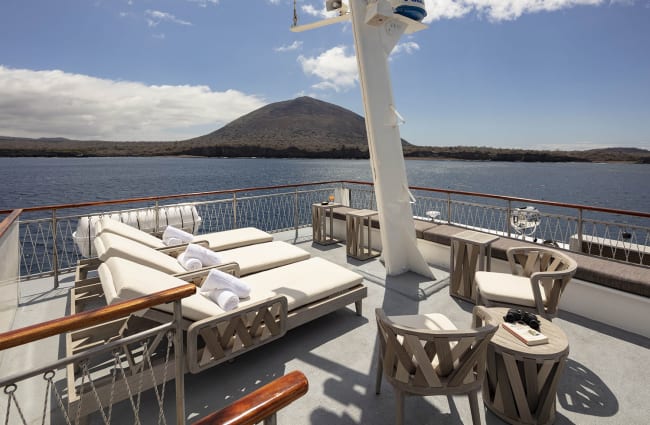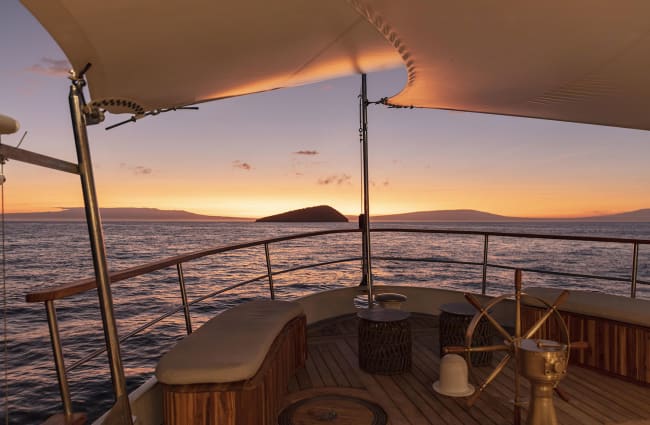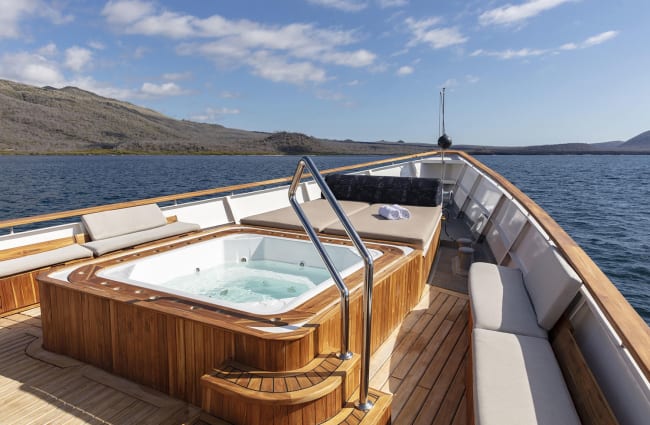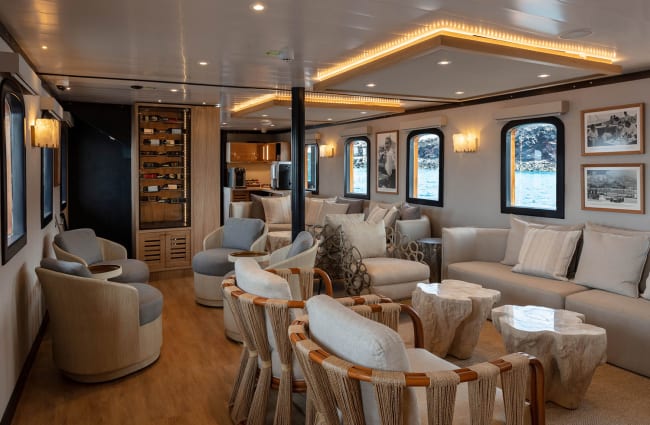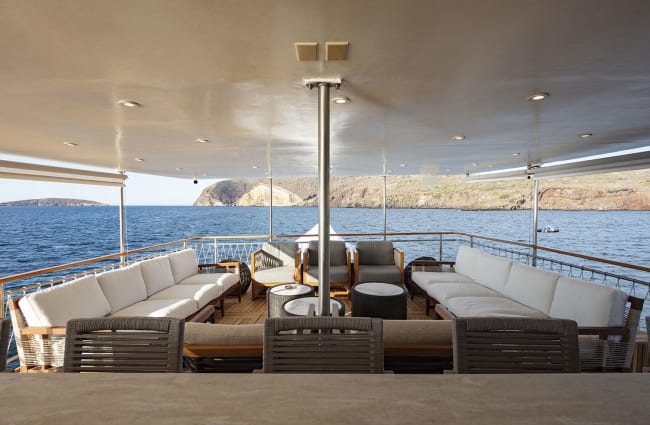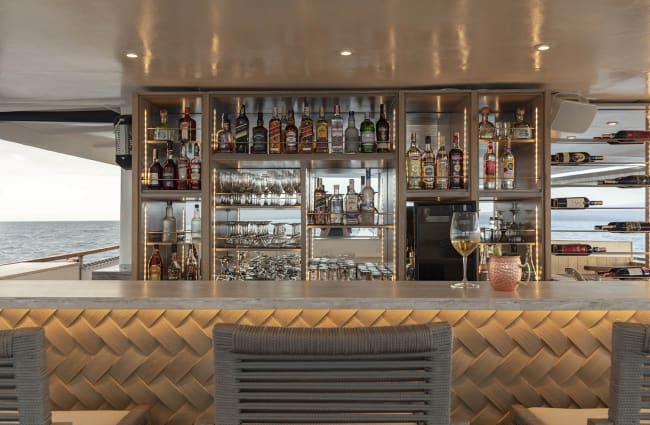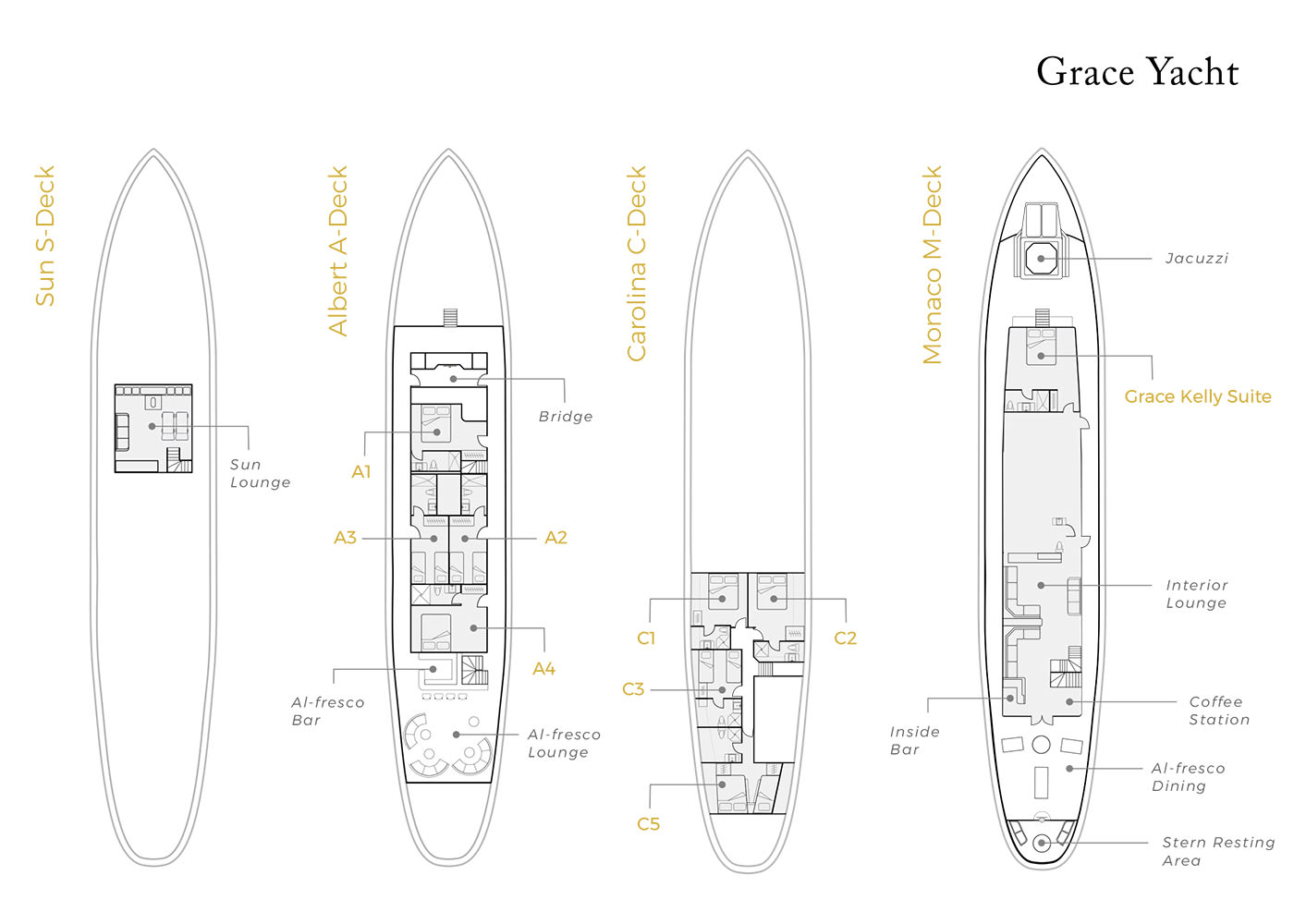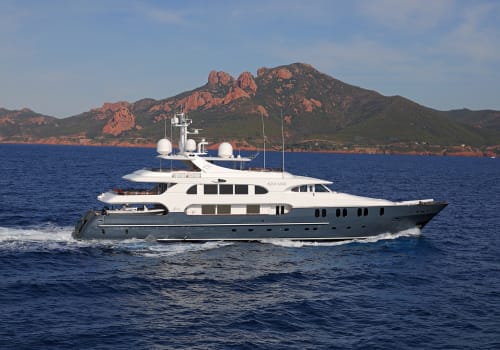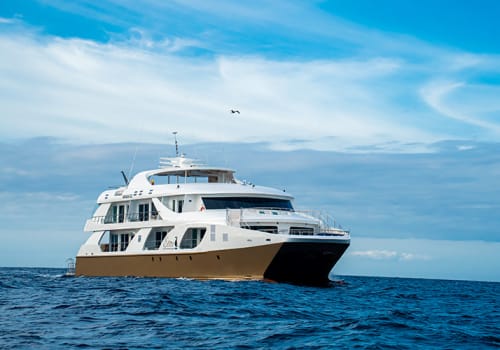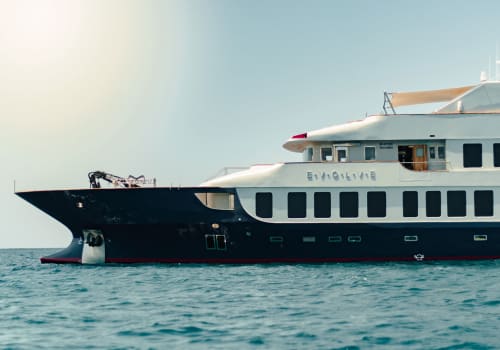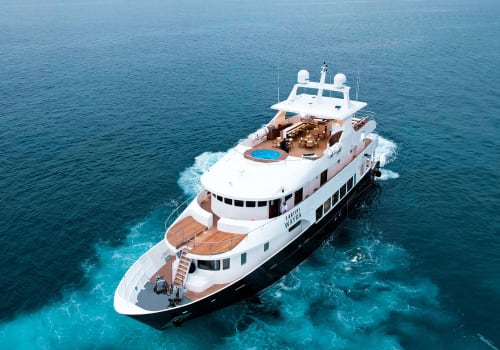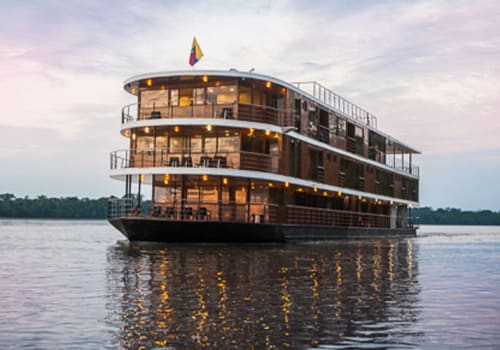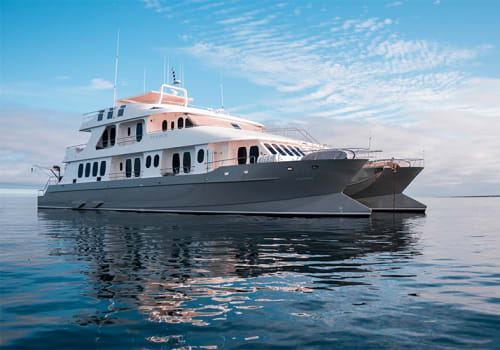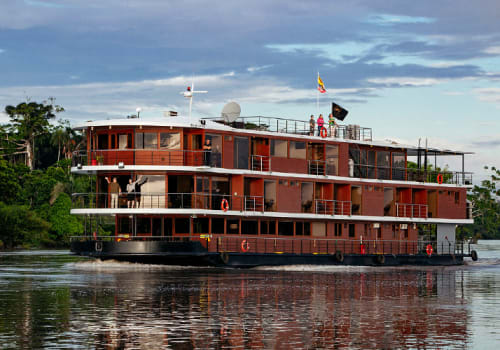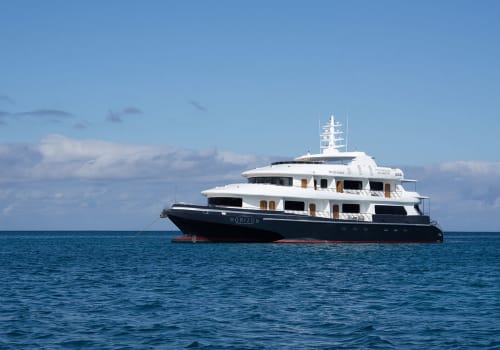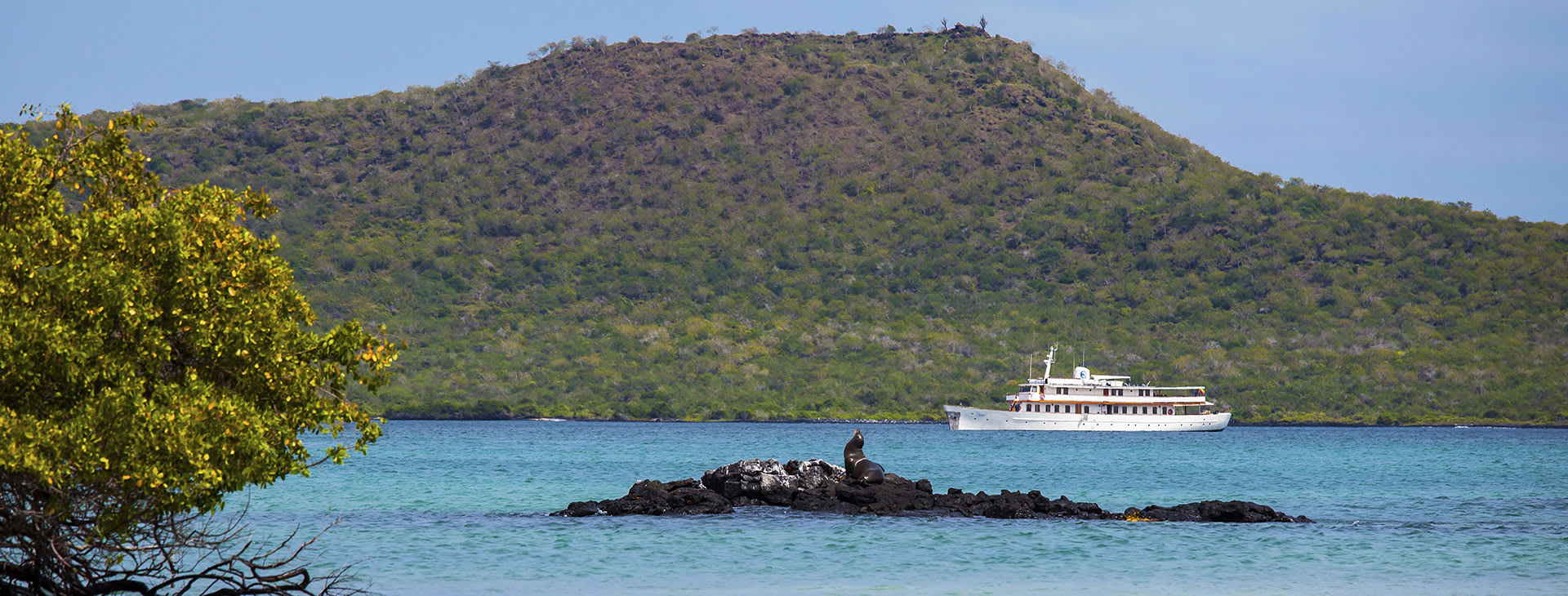
Grace
Overview
Celebrate the Galapagos Islands’ ecological paradise while also pampering yourself as you experience the small-ship exclusivity of a Grace cruise, a yacht nothing short of radiant and remarkable, just like Grace Kelly herself, the American actress and Princess of Monaco after whom the ship is named after and inextricably linked. This historic, 145-foot luxury yacht steeped in tales of love and war, invitingly welcomes up to 16 guests in 9 impressively-sized staterooms and numerous well-appointed social spaces to explore Galapagos’ enchanted isles on immersive 8-day itineraries which can be combined to created an epic 15-day itinerary.
Life Aboard The Grace Cruise
Recently renovated by renowned South American design firm, her capacity was thoughtfully reduced from 20 t0 16 to provide a more balanced distribution of larger staterooms and social areas to give a more spacious feel, and also means her guest-to-guide ratio is an incredible 10:1 maximum, but often less! As part of the remodel, her now 9 staterooms and bathrooms have been designed to match practicality with the contemporary decor now found throughout the ship, and feature modern adjustable lighting allowing you to set the mood, as well as USB ports for your gadgets.
Elsewhere, the revamp enhances the guest experience even further, with tasteful, contemporary decor creates a refined look that sets the tone for your time aboard, elevated bar and lounge areas fitted with tailored furniture for extra comfort, a new coffee lounge where guests can enjoy the finest Ecuadorian coffee experience, a brand new onboard boutique for travel essentials and souvenirs, and a newly equipped kitchen for an improved culinary journey on board.
Grace elegantly mixes the timeless style of her former celebrity owner with all the modern amenities you could desire. An outdoor bar, Jacuzzi, alfresco lounge and dining areas provide ample seating and inviting settings to settle in, relax and enjoy moments of wildlife spotting, whilst her indoor bar and lounge area perfect for getting out of the sun, watching a film on the large television, and chatting with your fellow travelers. For a quiet moment or a romantic interlude, escape to the private resting area at the stern of the ship, which is home to the Grace’s original wheel dating from 1927. Sun worshipers and stargazers alike will feel at home on the uppermost deck, which is open to the sky.
You will enjoy the locally-sourced, and thoughtfully prepared cuisine served aboard the ship. Lunch and dinner are both served as indoor buffets. Dinner takes things up a notch and features local Ecuadorian flavors and international cuisine, all perfectly accompanied with a glass of wine from the onboard climatized cellar.
Excursions From Your Grace Galapagos Cruise
The Grace offers two eight-day cruises, each designed to maximize wildlife encounters on various islands. Intrepid travelers with more time to spend in the islands may choose the 15-day Darwin’s Muse itinerary, which combines both of the shorter plans. During the Following Darwin’s Trail cruise, you will spend your days exploring some of the same islands the scientist traveled through on his famed voyage, accompanied by expert naturalist guides eager to impart their 15+ years of experience.
Look for fur seals and sea birds on Buccaneer’s Cove’s rugged shore on Santiago Island and visit the breeding center of the Charles Darwin Research Station on Santa Cruz Island. During the Beyond Darwin’s Footsteps cruise, you will discover islands the explorer was never privileged to see. You will be able to snorkel in Gardner Bay and Inlet on Espanola Island in hopes of seeing parrotfish, damselfish, and even the occasional white-tipped reef shark. On North Seymour Island, take a hike in search of marine and land iguanas and frigate birds. No matter which itinerary you choose, you will have opportunities to hike, snorkel, kayak, and take dingy rides.
A Ship Steeped In History
Though she has all the style and amenities of a modern ship, the Grace is what the French gracefully call “une femme d’un certain age.” This woman of a certain age started life in 1927 as a luxury yacht before she was conscripted in 1939 by the British Navy to join the war efforts.
The Grace, under another name, spent the early years of WWII patrolling along the Isle of Wight. In 1940, the ship was part of Operation Dynamo and made three runs between Dover and Dunkirk, rescuing roughly 900 British Expeditionary Forces from French beaches. On the return of the third trip, a bomb narrowly missed her starboard bow, killing 14 soldiers plus one sailor and leaving the ship sidelined for a short time.
The Grace finished WWII as a hospital ship before hosting Sir Winston Churchill for a post-war cruise. But, history wasn’t finished with this ship yet. In 1951, the vessel was acquired by Aristotle Onassis and given to Prince Rainier and Princess Grace of Monaco as a wedding present. After Grace Kelly arrived from America on the ship, the couple spent their honeymoon aboard the Grace, leisurely cruising along Corsica and Sardinia.
Not only will you sail on a royal yacht, but you will also be treated like royalty by ten crew members, plus a dedicated cruise director. Honeymooners, families of all ages, and anyone looking for an upscale way to cruise the Galapagos will delight in the combination of refined elegance and wildlife adventures the Grace provides.
Itineraries & Prices
All itineraries are subject to change due to seasonal weather conditions (and resultant variations in river and tributary water levels) affecting accessibility to locations. Thus navigation routes, times and excursions may need to be modified at the cruise captain’s or your guide's discretion.
Accommodations
Social Areas
Suites & Cabins


Premium Stateroom
The four Premium Staterooms are located on the lower Carolina C-Deck and as such have ocean-view portholes. Two have twin beds and two a queen bed. They also have features like a digital air-conditioner, a hairdryer, a safety box, and a closet to fit all your luggage. Guests can enjoy the private bathrooms that come with a body wash, a solid soap, shampoo, and conditioner to keep you refreshed.




Twin Suite
There are two twin suites on the upper Albert A-Deck, both well designed and air-conditioned to ensure your utmost comfort. They have an ocean view window for you to take in the scenery of Galapagos Island, a safety box, a closet, and a hairdryer. The bathrooms are equipped with hot water.



Master Suite
The Grace's Master Suites are also located on the upper Albert A-Deck, and feature ocean-view windows, a sitting area, a digital air conditioner, a spacious closet to fit all your belongings, a safety box, and multiple electrical outlets. The beautifully designed bathrooms have hot showers, a hairdryer, and amenities to keep you feeling fresh.


Grace Kelly Suite
The Grace Kelly Suite is uniquely located on the middle Monaco M-Deck, in prime proximity to the Interior Lounge and Jacuzzi, and is spacious with ocean-view windows giving guests a tasteful view of the Galapagos Islands. The suite features a desk, a closet, a safety deposit box, and multiple electrical outlets. The gorgeous hot water bathroom has all the amenities to ensure the guest stays refreshed.

